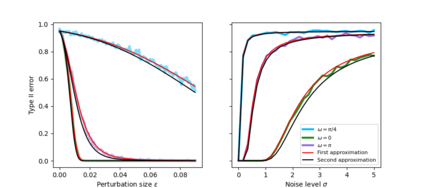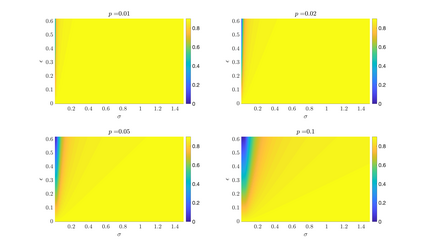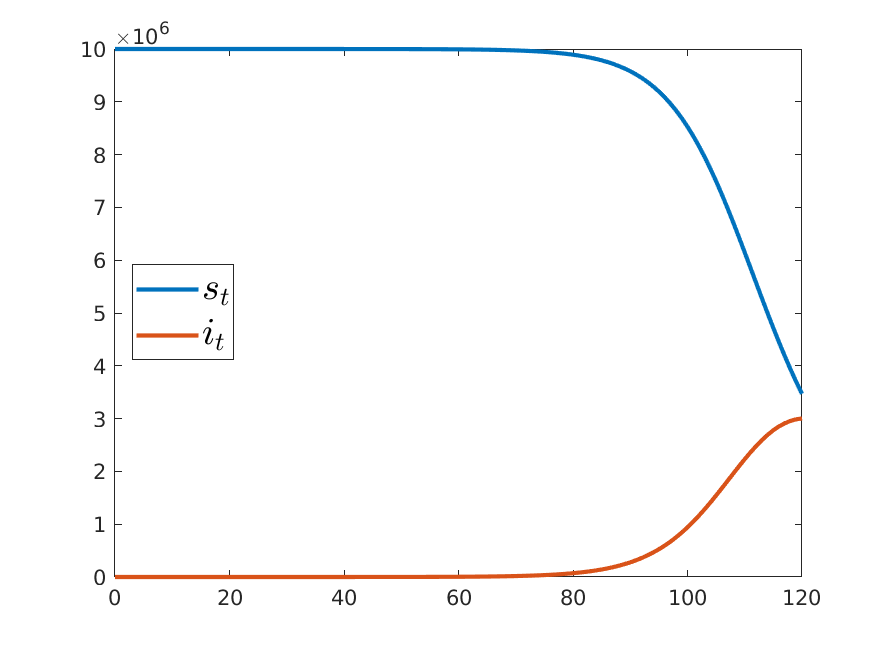The Susceptible-Infectious-Recovered (SIR) equations and their extensions comprise a commonly utilized set of models for understanding and predicting the course of an epidemic. In practice, it is of substantial interest to estimate the model parameters based on noisy observations early in the outbreak, well before the epidemic reaches its peak. This allows prediction of the subsequent course of the epidemic and design of appropriate interventions. However, accurately inferring SIR model parameters in such scenarios is problematic. This article provides novel, theoretical insight on this issue of practical identifiability of the SIR model. Our theory provides new understanding of the inferential limits of routinely used epidemic models and provides a valuable addition to current simulate-and-check methods. We illustrate some practical implications through application to a real-world epidemic data set.
翻译:“可感知-传染病复苏方程式”及其延伸包括一套常用的模型,用于了解和预测流行病的走向,实际上,在疫情爆发初期,在疫情达到高峰之前,根据紧张的观察对模型参数作出估计,非常有意义,这样可以预测流行病随后的蔓延过程和设计适当的干预措施,但是,在这种假设中准确推算SIR模型参数是有问题的。本文章就SIR模型的实际可识别性问题提供了新颖的理论见解。我们的理论为通常使用的流行病模型的推断限度提供了新的理解,并为目前的模拟和检查方法提供了宝贵的补充。我们通过对真实世界的流行病数据集应用来说明一些实际影响。
















